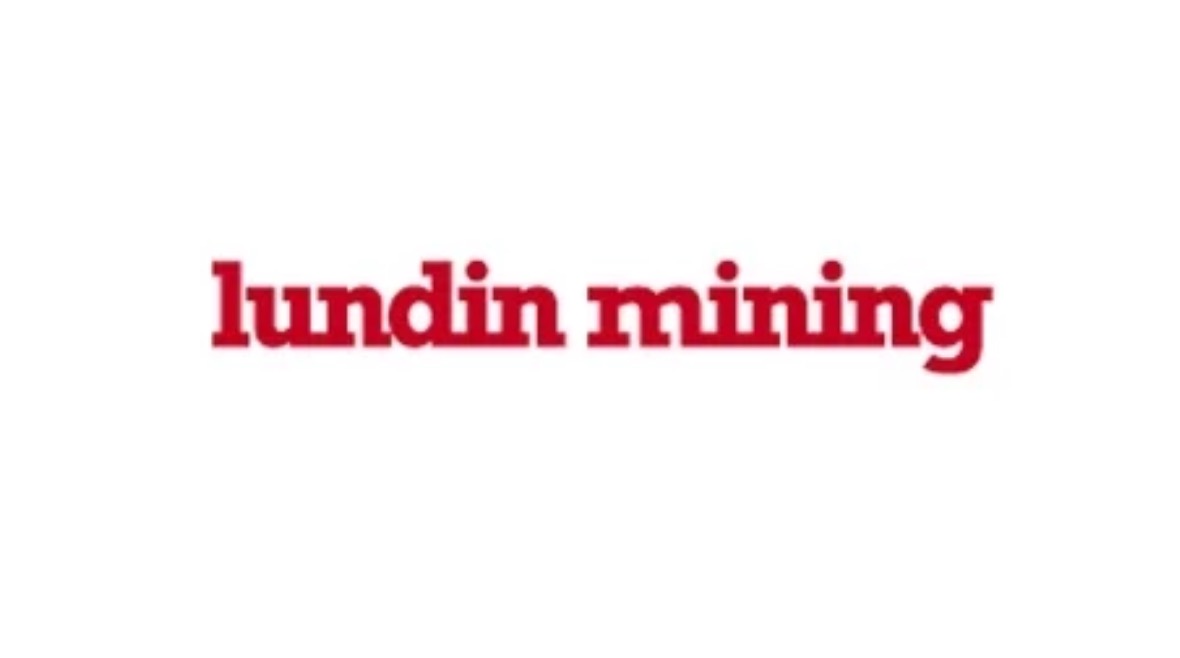by Blake Heimann, Senior Associate, Quantitative Research, WisdomTree
Key Takeaways
- In July 2025, the U.S. took a major leap toward digital asset mainstreaming with the passage of the GENIUS Act, offering regulatory clarity on stablecoins and reinforcing Treasury demand.
- Despite ongoing privacy debates, recent legislative momentum, including the CLARITY Act and executive orders on 401(k) crypto access, signals bipartisan alignment on digital asset innovation.
This summer has been a big one for digital assets in the U.S., with major policy steps moving forward in Washington. The White House has been clear that the goal is to strengthen American leadership in digital financial technology, and the bills and executive actions we've seen over the past two months all fit under that theme. At their core, they're about three things: protecting consumers, creating long-term incentives for both builders and investors, and keeping innovation in the U.S. so that America retains its position as the world's capital markets leader.
The best example came in early July, during what many called "Crypto Week." President Trump signed the GENIUS Act1 into law, creating the first real federal framework for stablecoins. The law requires issuers to hold 100% reserves in dollars, shorter maturity Treasuries, repurchase agreements backed by Treasuries and/or SEC-registered money market funds investing in such assets, and makes clear that permitted stablecoins aren't securities or commodities. That's a big deal for two reasons: it gives the market confidence in stablecoin structures for stablecoins issued in the U.S., and it also aligns with U.S. strategic goals by effectively creating more buyers of Treasuries while modernizing payments rails via blockchain technology.
In the same week, the House passed the CLARITY Act2, the long-awaited market structure bill now under Senate review. Although the Senate will have its own version, the CLARITY Act and Senate version would give the Commodity Futures Trading Commission (CFTC) primary oversight of digital commodities while leaving the SEC with some authority over fundraising. The industry has been asking for this kind of clarity for years, and while it's not law yet, it marks a clear turning point. Instead of endless enforcement actions and gray areas, there's now a path toward a real framework for builders, investors and institutions.
Another piece of legislation, the Anti-CBDC Surveillance State Act3, also passed the House. It would prevent the Federal Reserve from issuing a retail CBDC (Central Bank Digital Currency) without congressional approval, reflecting concerns around privacy and government overreach. Whether it gets through the Senate is still an open question, but the signal is clear: the U.S. is leaning into private stablecoins rather than a government-backed digital dollar.
And then in August, President Trump signed the Executive Order for Democratizing Access to Alternative Assets for 401(k) Investors4, which directs the SEC to make room for crypto and other alternatives like private equity and real estate inside 401(k)s and other defined contribution retirement plans. This is a major potential unlock. U.S. retirement accounts total about $43 trillion, with $8.7 trillion in 401(k) plans alone.5 Even a modest allocation to digital assets within those accounts could drive meaningful adoption and real flows into the space.
Pulling it all together, the U.S. is moving decisively to establish leadership in digital assets. Stablecoins are emerging as a core use case in supporting Treasury demand, modernizing payments and creating a bridge between blockchain and the traditional economy.
Footnotes:
1 Fact Sheet: President Donald J. Trump Signs GENIUS Act into Law – The White House
2 Text - H.R.3633 - 119th Congress (2025-2026): Digital Asset Market Clarity Act of 2025 | Congress.gov | Library of Congress
3 H.R.1919 - 119th Congress (2025-2026): Anti-CBDC Surveillance State Act | Congress.gov | Library of Congress
4 Democratizing Access to Alternative Assets for 401(K) Investors – The White House
5 Release: Quarterly Retirement Market Data, First Quarter 2025 | Investment Company Institute
Copyright © WisdomTree















